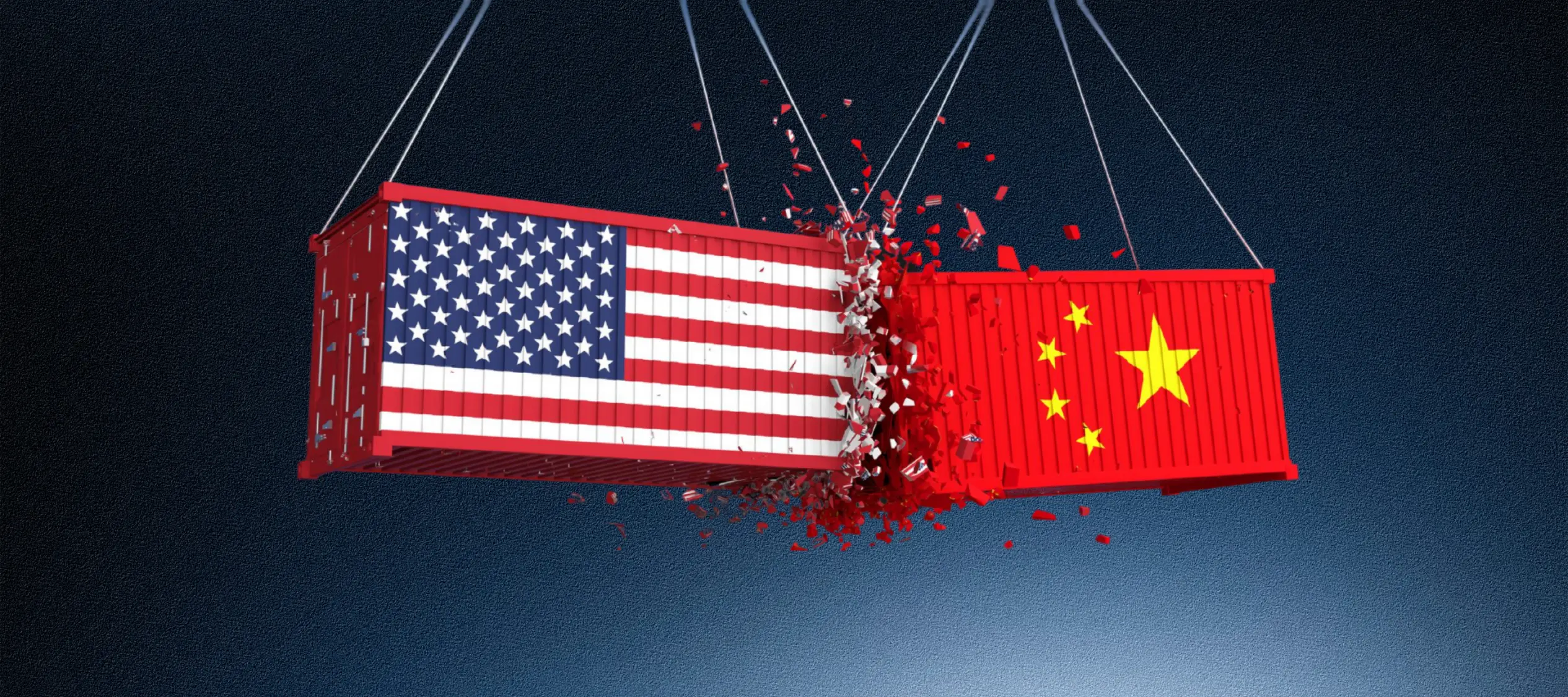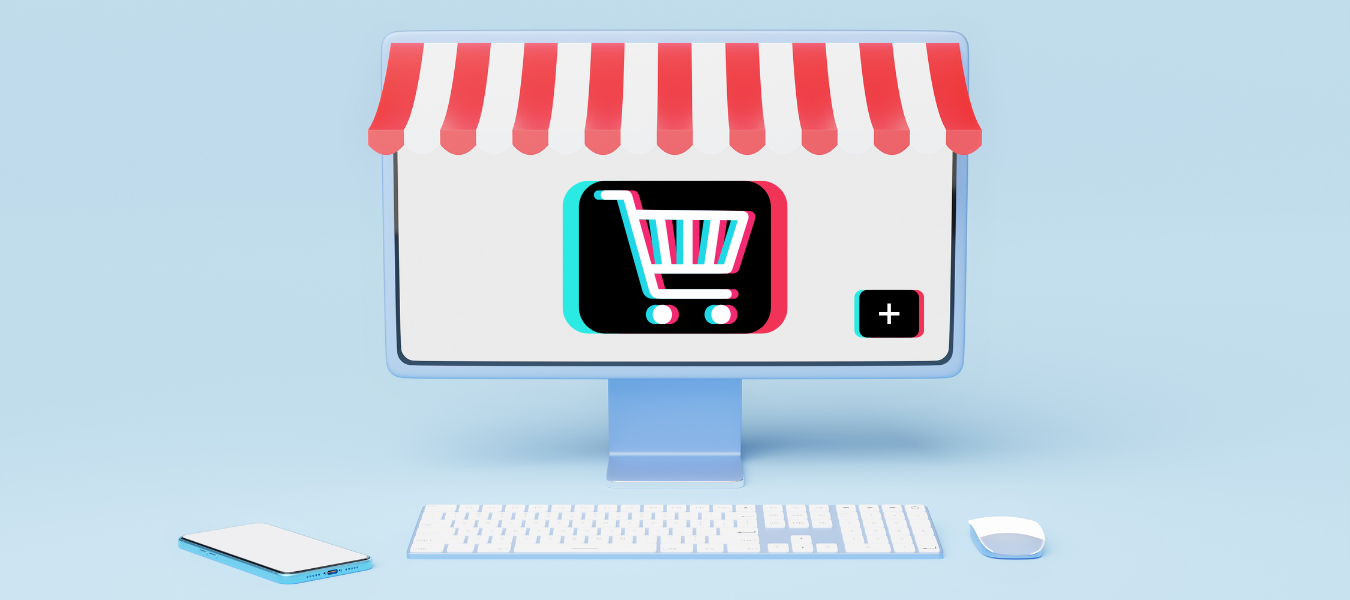



Dropshipping has evolved from a side hustle into a full-scale business model embraced by thousands of online entrepreneurs. But in a landscape filled with success claims and overnight millionaire myths, it’s essential to separate fact from fiction. Are there real stories behind all the hype? What makes certain dropshippers stand out while others quietly give up?
This article explores genuine dropshipping success stories backed by numbers and lessons — and more importantly, what you can actually learn from them. Whether you’re just starting or scaling, these real-world examples will offer actionable tips, grounded strategies, and critical takeaways for building a sustainable and profitable dropshipping business.
We’ll also walk you through the essential pillars of long-term success in the dropshipping industry — from choosing reliable suppliers to leveraging data and marketing effectively — so you’re not just inspired, but equipped.
Dropshipping is a fulfillment model that allows online sellers to run ecommerce businesses without holding inventory. Instead of stocking products, dropshippers partner with third-party suppliers who store and ship items directly to customers. This model reduces upfront investment and eliminates the need for warehousing, making it especially attractive to beginners entering the ecommerce world.
But there’s more to dropshipping than just listing trending products and hoping for sales. Successful dropshipping in 2025 means selecting reliable dropshipping suppliers, using advanced tools for automation and product research, creating a strong online store — often on platforms like Shopify — and investing in customer experience and marketing. With the rise of AI, predictive analytics, and marketplace integrations, the dropshipping business has become smarter, faster, and more competitive than ever.
Now let’s dive into real examples of people who’ve made dropshipping model work — and what you can learn from each of them.
Are you ready to meet real entrepreneurs who turned dropshipping into a thriving online business? These are not overnight success fantasies, but tangible cases of ecommerce growth through data-driven decision making, niche targeting, and smart use of dropshipping tools and platforms.
Tze Hing Chan launched his store, Subtle Asian Treats, during the height of the COVID-19 pandemic and generated nearly $19,000 in profit in just two months — all by dropshipping bubble tea plush toys. His success wasn’t instant. He experimented with multiple products first, from phone cases to kitchenware, before discovering his winning niche: cute, bubble tea-themed plush toys.
What made this product work? It was a combination of tapping into a trending niche, understanding what resonated within Asian communities, and choosing a visually appealing product with strong emotional appeal. Plush toys weren’t just cute — they were shareable, giftable, and collectible, which made them perfect for organic social sharing and impulse buys.
Tze sourced his products from AliExpress, capitalizing on the rising popularity of bubble tea in youth culture. Rather than relying solely on product trends, he focused on building a brand aesthetic and user experience that felt trustworthy and aligned with the fun, playful energy of his products. His bubble tea plush toys weren’t just another commodity — they were part of a lifestyle brand that connected emotionally with customers.
At just 18 years old, Cole Turner dove into the world of dropshipping with a strong desire to master ecommerce. After building and testing multiple stores, it was his third dropshipping store that brought in over $2.1 million in sales in a little over a year. The secret? Finding the right dropshipping product and scaling it with precision using Facebook advertising.
Cole began with a general Shopify store, using it as a testing ground for different product categories. After experimenting with various items, he discovered a piece of jewelry that resonated with buyers. The product quickly gained traction, and Cole restructured his store into a one-product dropshipping store, centered around this jewelry item.
This focused approach allowed him to optimize every part of his website — from product page copy and visuals to the checkout experience. He invested heavily in data-driven Facebook Ads, segmenting audiences and scaling campaigns based on performance. This led to one store alone bringing in over $75,000 in revenue, which he later sold to another entrepreneur.
Cole’s journey reflects what many new dropshippers aim to achieve: turning a tested product into a scalable ecommerce brand. His story shows that with the right product, a clear conversion-optimized Shopify store, and strategic use of paid ads, even young entrepreneurs can hit six or seven figures in revenue.
Mordechai Arba’s journey into the dropshipping business is the kind of story that inspires both beginners and seasoned online sellers alike. Coming from a background in development, Mordechai didn’t just build a successful ecommerce store — he went on to operate multiple 7-figure dropshipping businesses and eventually created his own dropshipping automation tool to help others succeed.
His story began with an experiment in Print on Demand (POD) dropshipping — a low-risk, high-potential model that lets you launch without holding inventory. But it wasn’t smooth sailing at first. Mordechai actually lost around $5,000 testing different POD products before he found his rhythm. Instead of giving up, he used the data he gathered and shifted strategies.
That experience led him to explore more traditional product dropshipping. He launched his first Shopify store in the jewelry niche, which quickly began generating a 5-figure profit. This success was a turning point, showing him the potential of niche stores and the importance of product-market fit.
When asked whether a niche store or a general store is better, Mordechai wisely said, “There is no right answer.” His approach reinforces one of the most valuable lessons in ecommerce — what matters most is testing, iterating, and finding what resonates with your target audience.
Eventually, Mordechai scaled beyond just one store. He successfully built and managed multiple 7-figure — and even 9-figure — dropshipping stores, showcasing the massive potential of ecommerce when backed by the right strategy, tools, and mindset. His journey highlights that even early failures can lead to massive wins if you’re willing to stay adaptable and data-driven.
Like many beginner dropshippers, they started with broad ambitions. Their initial goal was modest: reach $1,000 in daily sales. But after months of experimentation and minimal traction, they made a bold pivot that would ultimately change the trajectory of their business.
That pivot? They discovered the power of niche dropshipping in the pet products niche — one of the most emotionally driven and evergreen ecommerce categories. By 2019, their Shopify store began generating nearly $500,000 per month, and in just a few years, they had scaled their pet dropshipping business to a staggering $10 million in annual revenue.
This impressive milestone didn’t come from luck. It was built on a solid foundation of audience understanding, platform mastery, and relentless testing.
What made their dropshipping journey so successful was their ability to tap into emotional demand. People love their pets — and when you sell products that serve that emotional connection, conversion rates soar. Andreas and Alexander capitalized on this by curating a product lineup that resonated with pet owners on a personal level.
But their transformation wasn’t just about picking the right niche. It was also about mastering Facebook advertising and enhancing it with organic marketing strategies. After early failures due to lack of advertising knowledge, they took time to truly understand how to craft compelling Facebook Ads and create retargeting funnels that worked. They paired this with community-building on social platforms, allowing them to build a loyal base of pet lovers.
For anyone looking to start a Shopify dropshipping business, their success reinforces a few timeless lessons: choose a niche that connects with buyers emotionally, be willing to fail fast and test often, and commit to becoming great at marketing — especially with paid traffic.
No secret that dropshipping remains one of the most accessible online business models for aspiring ecommerce entrepreneurs — but success isn’t as simple as launching a Shopify store and uploading trending products. To build a profitable dropshipping business in today’s competitive landscape, sellers must approach it with the mindset of a long-term business owner, not just a quick side hustle. From identifying high-converting products to choosing trustworthy suppliers and leveraging the right dropshipping automation tools, every decision matters.
Let’s take a closer look at the foundational elements that differentiate successful dropshippers from those who give up too soon.
In the world of dropshipping, your dropshipping supplier is your business partner — even if you’ve never exchanged a single word. Every order they fulfill on your behalf reflects on your brand. If a package arrives damaged, late, or incorrect, your customer won’t blame the supplier — they’ll blame you. That’s why working with reliable dropshipping suppliers is not just important; it’s critical to the sustainability of your store.
The most successful ecommerce sellers take time to vet their suppliers before committing. Whether you’re sourcing products via AliExpress dropshipping, using platforms like Mysellerhub, or partnering directly with a private supplier, you must ensure they maintain high quality standards, fast shipping timelines, real-time inventory syncing, and responsive communication. In a market where delivery expectations are only getting shorter, partnering with dependable fulfillment sources can be the edge that keeps your customer satisfaction — and profit margins — high.
No dropshipping strategy will work without the right products. Your store’s success begins with smart product research, and in today’s saturated marketplace, you can’t rely on guesswork or gut feeling. You need data. The most successful dropshippers rely on comprehensive research to identify winning products with proven demand, solid profit margins, and scalability potential.
To find winning products, use data-driven platforms like Mysellerhub. These tools help you uncover trending items, niche products with high engagement rates, and potential bestsellers before they hit the mainstream. Whether you’re targeting seasonal trends, tapping into micro-niches like pet accessories or home office gadgets, or exploring evergreen categories like fitness or skincare, you must ensure that your product selections are based on solid market demand and competitive analysis.
Remember, product appeal is only half the equation. Consider fulfillment time, supplier rating, and the perceived value of the item. In a world of impatient online shoppers, a high-converting product must also be deliverable quickly and consistently.
Once your store starts gaining traction, manual tasks like processing orders, updating prices, or uploading product details can quickly become overwhelming. That’s why adopting the right dropshipping software early on is essential for scaling efficiently. Automation allows you to focus on strategy — not day-to-day admin.
Dropshipping automation tools like Mysellerhub offer full automation features that manage everything from product imports to dynamic pricing, automatic order fulfillment, profit calculation, and shipment tracking updates.
Regardless of which tool you choose, integrating a dropshipping automation platform helps you minimize human error, reduce order delays, and improve customer experience — all while freeing you up to focus on growth and marketing.
Even with an optimized product catalog and streamlined operations, no dropshipping business can thrive without traffic. The ability to attract, convert, and retain customers is what separates hobbyists from ecommerce professionals. That’s where marketing — and especially SEO for dropshipping stores — becomes mission-critical.
To drive traffic effectively, a successful dropshipper combines short-term paid advertising with long-term organic strategies. Paid platforms like Facebook Ads, Google Shopping, and TikTok Ads are excellent for testing product-market fit quickly. However, as ad costs rise and competition grows, relying solely on paid traffic becomes unsustainable.
That’s why building a content strategy around SEO-optimized product descriptions, high-ranking blog content, and structured metadata can give your Shopify store a long-lasting competitive advantage. By targeting keywords like “best dropshipping gadgets under $20,” “eco-friendly dropshipping products,” or “how to start a Shopify dropshipping business,” you can attract qualified traffic organically and reduce reliance on ads over time.
In addition, email marketing remains one of the highest ROI channels in ecommerce. Retarget your visitors, recover abandoned carts, and reward loyal customers using smart segmentation and automated campaigns. Every successful dropshipping brand uses email flows, not just one-off newsletters.
Many new dropshippers enter the market hoping for fast profits and overnight success. But those who last and scale — take a long-term approach. Building a successful Shopify dropshipping business requires patience, consistency, and constant learning. The sellers highlighted earlier in this article didn’t succeed by luck. They built systems. They tracked key performance metrics. They reinvested profits into branding, customer service, and new growth channels.
To position yourself for long-term success, focus on building trust, providing value, and creating an experience that feels personalized and professional. This includes offering live chat support, transparent shipping policies, and easy returns. When customers feel they’re buying from a legitimate brand — not a faceless intermediary — your chances of repeat sales and referrals skyrocket.
In summary, becoming a successful dropshipper today requires more than just launching a store. It requires an understanding of reliable fulfillment partners, smart product research, scalable tools, performance marketing, and a customer-centric mindset. The good news? Every one of those skills can be learned — and with the right strategy, you’ll be well on your way to building a sustainable ecommerce business.
Dropshipping isn’t dead. It’s evolving. And as these real-world stories show, it’s still very much a profitable business model — when approached with strategy, commitment, and the right set of tools. From students scaling their first one-product store to founders building multimillion-dollar ecommerce brands, the dropshipping landscape in 2025 is wide open for driven entrepreneurs.
Success doesn’t come from copying someone else’s blueprint. It comes from learning what works, adapting it to your niche, and consistently improving every touchpoint of your business — from supplier relationships and product selection to website optimization and post-purchase care.
Use these stories as inspiration, not shortcuts. Each of these successful dropshippers faced obstacles, tested relentlessly, and evolved as the ecommerce market changed. Their journeys prove that with the right mindset and execution, you can grow a profitable Shopify dropshipping store, even in a competitive environment.
If you’re serious about building your own dropshipping brand, don’t leave operations to chance. Equip yourself with the right dropshipping automation tools, smart product research systems, and marketing strategies that convert. Platforms like Mysellerhub are designed specifically for ecommerce entrepreneurs looking to streamline operations, scale smarter, and compete with bigger brands — without the overhead.
Whether you’re just starting dropshipping business or looking to scale, now is the time to build a dropshipping store that stands out. Focus on long-term value. Invest in your tools. Learn from those who’ve done it before. And remember: every success story you read once started with a first sale.





